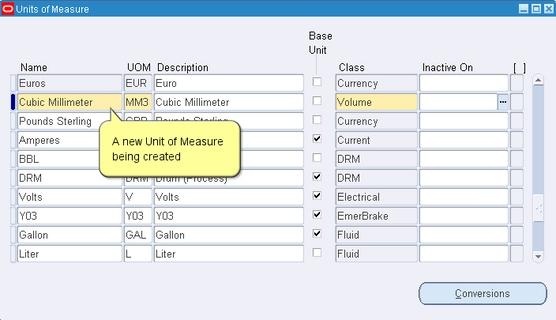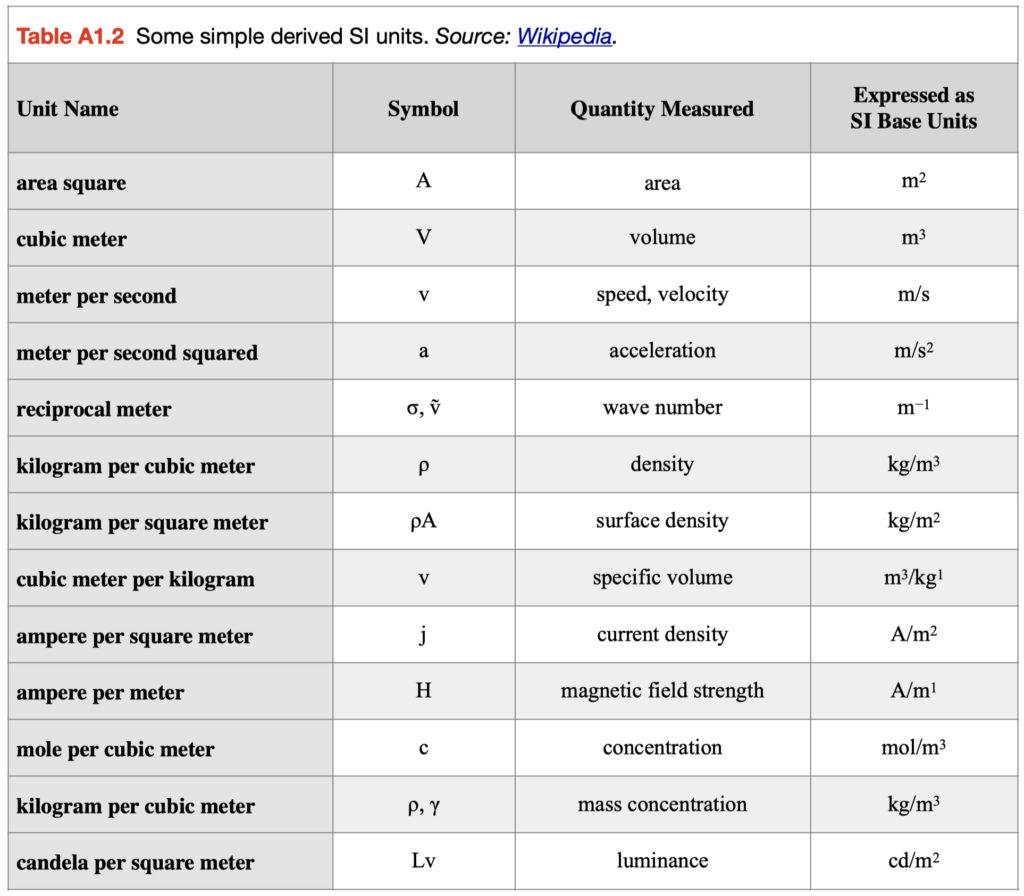In the intricate world of logistics, transport, and shipping, precision is key. One crucial element that ensures seamless operations is the Unit of Measure (UOM) system. From determining the weight of cargo to calculating the volume of containers, UOM plays a vital role in every step of the supply chain. Let’s explore the importance and impact of UOM in the fast-paced world of logistics and shipping.
Understanding Different Unit of Measure (UOM) Types
When it comes to Unit of Measure (UOM) in the world of logistics, transport, and shipping, there are various types that play a crucial role in accurately measuring and calculating quantities. Understanding these different UOM types is essential for smooth operations and efficient handling of goods across different stages of the supply chain. From weight-based measurements to volume-based metrics, each UOM type serves a specific purpose in ensuring that products are transported and delivered in the most optimal way.
Some common UOM types in logistics include:
- Weight: Kilograms, pounds, tons
- Volume: Liters, cubic meters, gallons
- Distance: Kilometers, miles, nautical miles
| UOM Type | Example |
|---|---|
| Weight | 1000 kilograms |
| Volume | 500 cubic meters |

Choosing the Right UOM for Efficient Logistics Operations
When it comes to efficient logistics operations, selecting the right Unit of Measure (UOM) is crucial. By choosing the most appropriate UOM for your business needs, you can streamline processes, improve accuracy, and ultimately enhance the overall efficiency of your operations. Whether you’re dealing with transportation, shipping, or warehousing, the right UOM can make a significant difference in your bottom line.
Consider factors such as the type of products you’re handling, the volume of goods being transported, and the specific requirements of your supply chain partners. By carefully evaluating these elements, you can determine the best UOM for your operations. Additionally, make sure to communicate effectively with your team members and external partners to ensure everyone is on the same page regarding the chosen UOM. With the right UOM in place, you can optimize your logistics operations and drive success in the competitive world of transportation and shipping.

Optimizing UOM for Cost-effective Transport Solutions
In the world of logistics, optimizing the unit of measure (UOM) can make a significant impact on the cost-effectiveness of transport solutions. By carefully analyzing and selecting the right UOM for each product or shipment, companies can maximize efficiency and minimize expenses in shipping and transportation processes.
Choosing the appropriate UOM involves considering factors such as package size, weight, volume, and dimensions. By standardizing UOM across all aspects of logistics operations, businesses can streamline processes, improve inventory management, and reduce errors and delays in shipping. This ultimately leads to cost savings and improved customer satisfaction.

Implementing UOM Best Practices in Shipping Processes
Shipping processes are a crucial aspect of any business’s operations, and implementing unit of measure (UOM) best practices can help streamline these processes for maximum efficiency. By standardizing the way items are measured and packaged for shipping, businesses can reduce errors, minimize packaging waste, and improve overall logistics operations. One key best practice in shipping processes is to ensure that all items are accurately weighed and measured before being packaged and shipped out. This helps to avoid discrepancies in shipping costs and ensures that customers receive the correct products.
Another important aspect of UOM best practices in shipping processes is to utilize standardized packaging materials and sizes whenever possible. This can help to optimize space utilization in shipping containers, reduce shipping costs, and improve overall shipping efficiency. By following these best practices, businesses can enhance their shipping processes and deliver a better customer experience. Properly can lead to cost savings, improved accuracy, and increased customer satisfaction.
Wrapping Up
In conclusion, understanding the importance of Unit of Measure (UOM) in logistics, transport, and shipping is crucial for ensuring the smooth movement of goods from one point to another. By accurately measuring and defining the quantity of items being transported, organizations can optimize their processes, reduce costs, and improve overall efficiency. So, next time you’re managing a shipment, remember the significance of UOM and watch as your logistics operations run seamlessly like a well-oiled machine.
